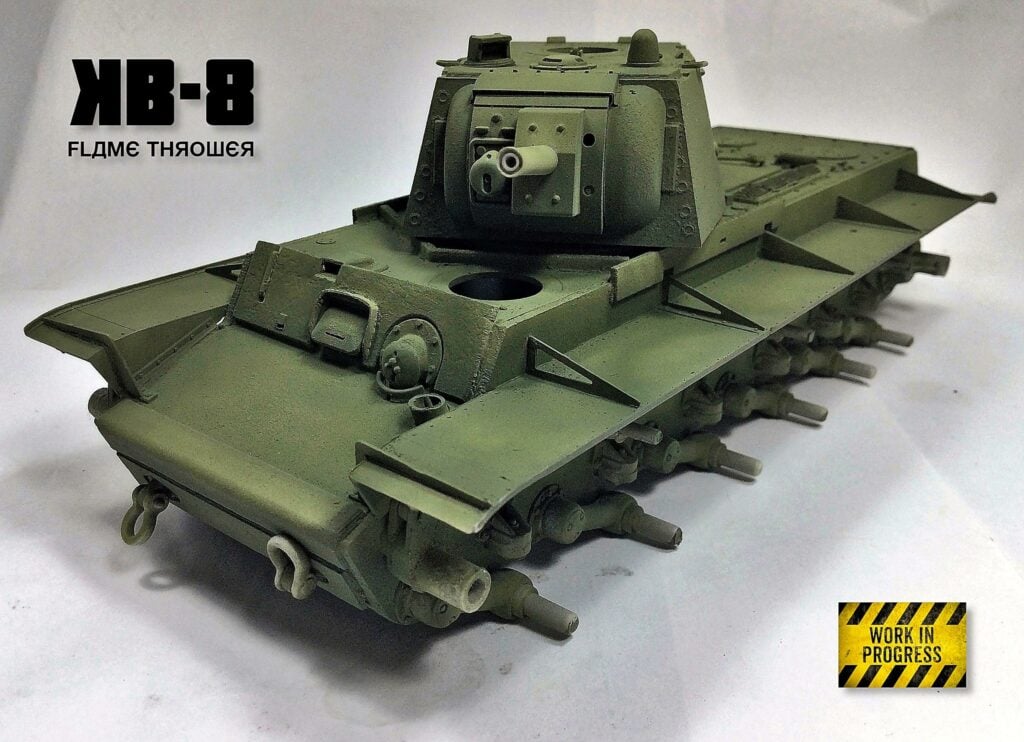
Using Plastic Cement and Cyanoacrylate as a Tool Part 1
Skill Level: Experienced to Advanced
More Than A Bonder
We tend to use what we have always used or started out with when it comes to our favourite plastic cement. Seldom do we change or give it a second thought. If it is something we are familiar with, we have a tendency to always use it as intended, a bonder. Plastic Cement and Cyanoacrylate are versatile products that make modelling more enjoyable.
Cyanoacrylate, referred to as Super Glue, Cyano or CA, works with plastic cement to increase modelling skill sets. Advanced and Master Modellers use various types of cement and cyanoacrylate for different purposes during a build.
For this article, AK, Mr.Cement and Tamiya Plastic Cements; AK Interactive Black Widow and VMS Flexy 5K Cyanoacrylate are discussed. A deep dive into Solvent Welding and Plastic Cement types is found in the article How-To Use Liquid Cement for Plastic Models.
The most important takeaway from this article is not to fear or be intimidated by a plastic cement bonding mishap. Most if not all problems are easily remedied by having the proper plastic cement types available on the workbench.
💡 The only caveat is that experienced and advanced modellers understand the type of cement/cyanoacrylate working properties and how each differs in application, modification, and recovery. Practice with styrene sprues to learn how each bonding agent works.
Plastic Cement Types
Advanced modelling techniques require the use of plastic cement types in the 🟨 Warm and 🟥 Hot Temperature rage of styrene solubility. There are occasions where a 🟦 Cool resin-reinforced cement is used.
The 🟨 Warm solvent range causes limited styrene surface deformation upon contact, whereas 🟥 Hot plastic cement solvent aggressively dissolves styrene on contact.
Polystyrene (HIPS), the type of plastic used in injection moulding to make models, in terms of hardness/softness, may vary among kit manufacturers. White polystyrene for scratch-building projects is a soft, malleable hobby plastic.
- 🟦 🟩 Cool Open-time: up to 15 – >30 min (depending on part or application)
- 🟨 Warm Open-time: 3 – >5 seconds (depending on part or application)
- 🟥 Hot Open-time: 1 – >3 seconds (depending on part or application)
Cyanoacrylate Types
- ⬜ Clear: Thin; Normal, Gel
- 🔲 Clear Rubber Reinforced: Extra Thin, Normal, Slow
- 🔳 Black Rubber Reinforced: Extra Thin, Normal, Slow
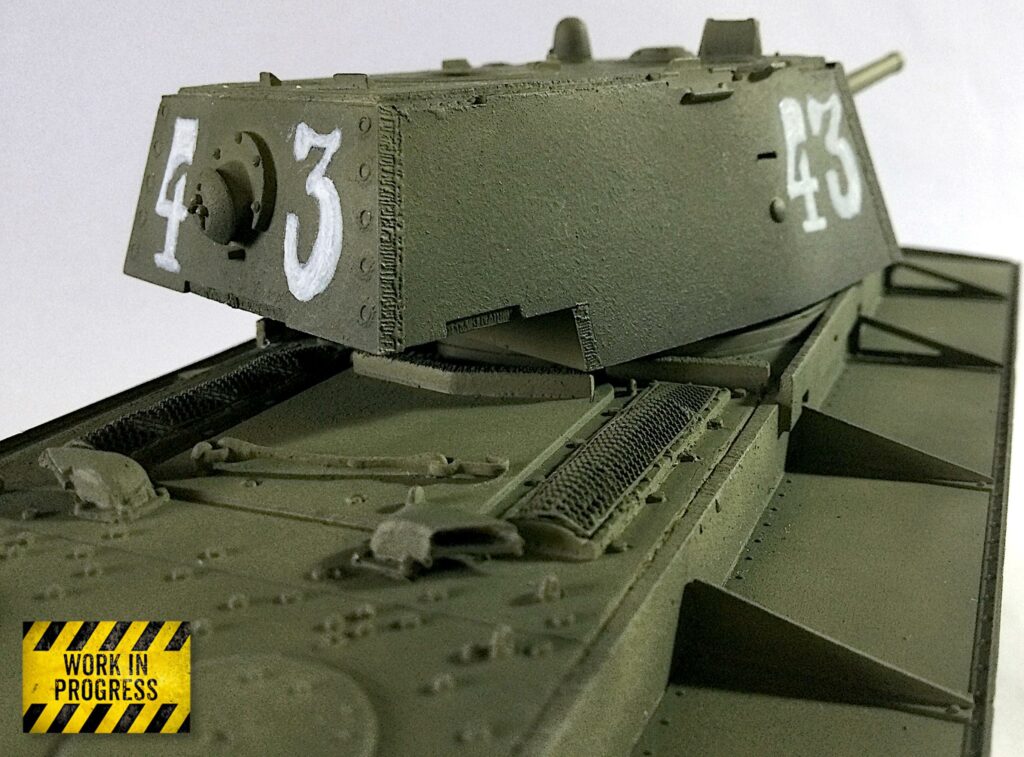
Painted with AK Interactive Real Colors Protective 4BO. Numbers are created using AK Interactive Weathering Pencil – White.
Armoured Vehicle Surface Texture
Of the belligerents during WWII, Soviet Armour had the coarsest hot-rolled armour texture due to wartime manufacturing pressures and underdeveloped steel industry. Their armour sand castings were roughly textured, with evidence of extensive torch cuts throughout the vehicles.
American armour was more refined due to the highly developed steel industry. US armoured steel castings had moderately textured surfaces, although visible.
British, American, and German hot-rolled armoured steel had a more subdued texture due to higher-quality steelworks, hot-rolling and stamping facilities. Hot-rolled armoured steel surfaces bore evidence of white-hot steel blistering, flaking and scarring pockmarks embedded in the steel surface during the high-pressure rolling process.
Increasing the surface texture while keeping it in scale, absolute, relationally or relatively will enhance the overall look of an armoured vehicle when painted. The result is an interesting vehicle with character.
🟨 Tamiya Extra Thin Cement (dark green cap) is excellent for creating texture because it offers a reasonable work time to achieve the effect.
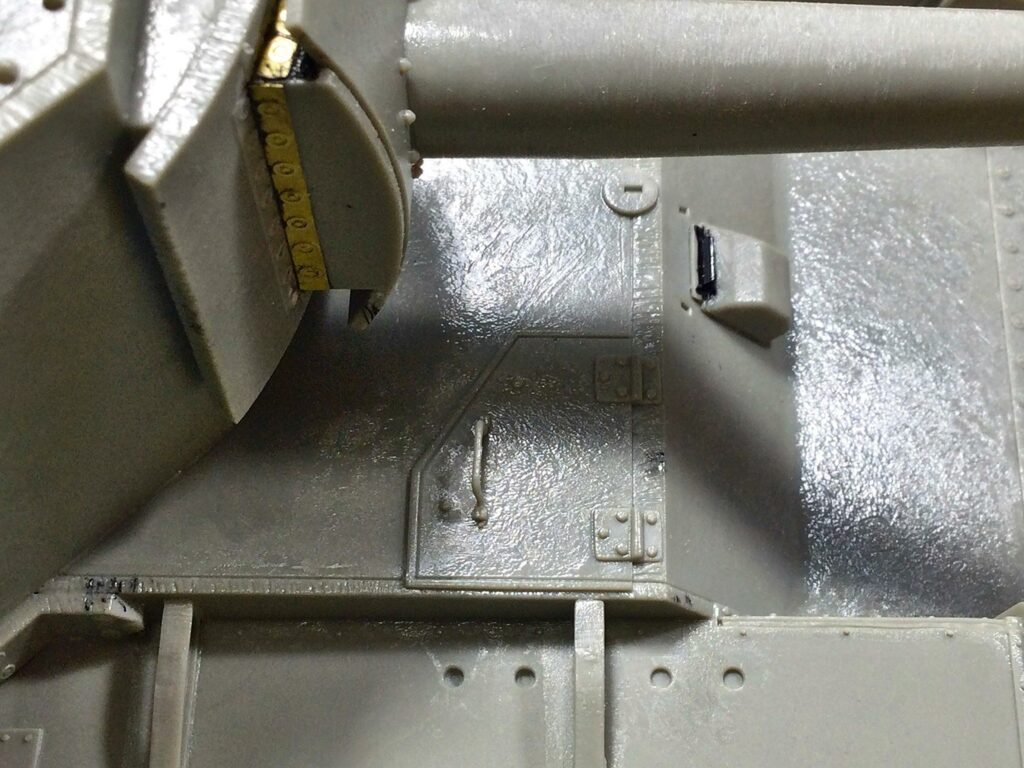
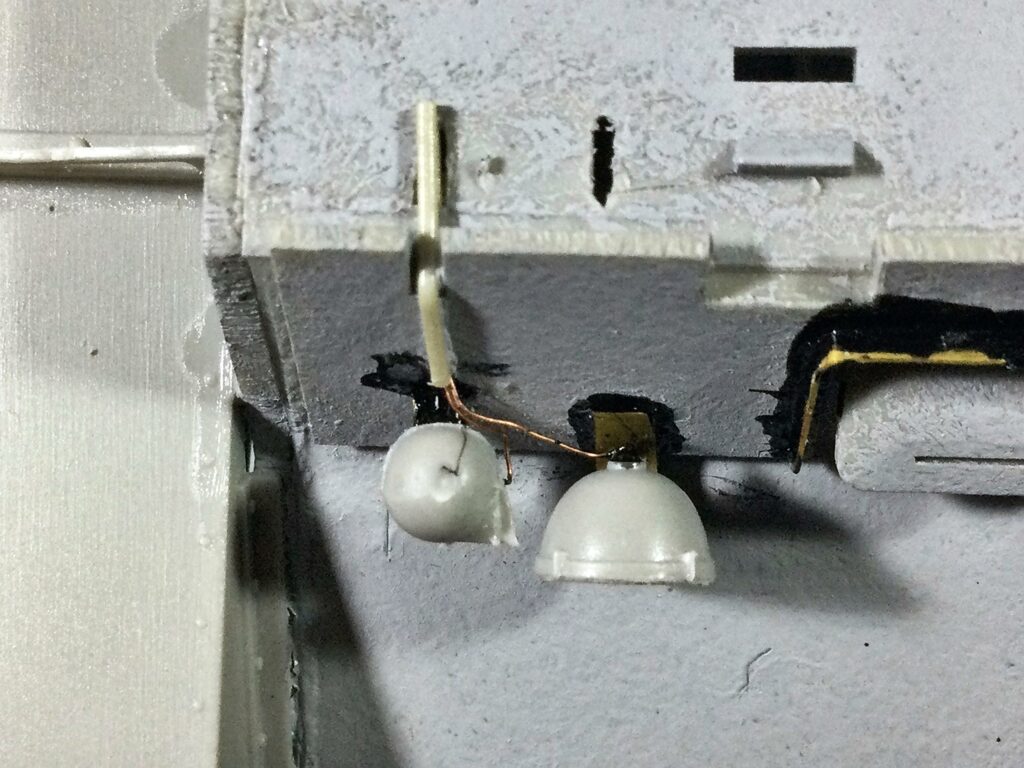
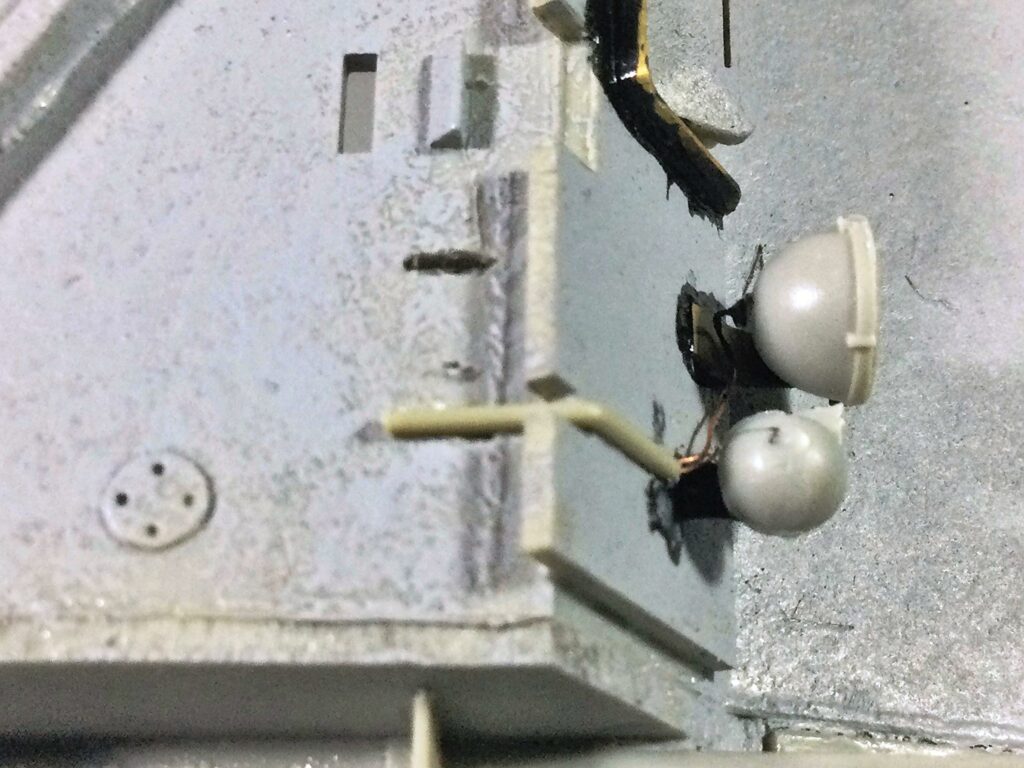
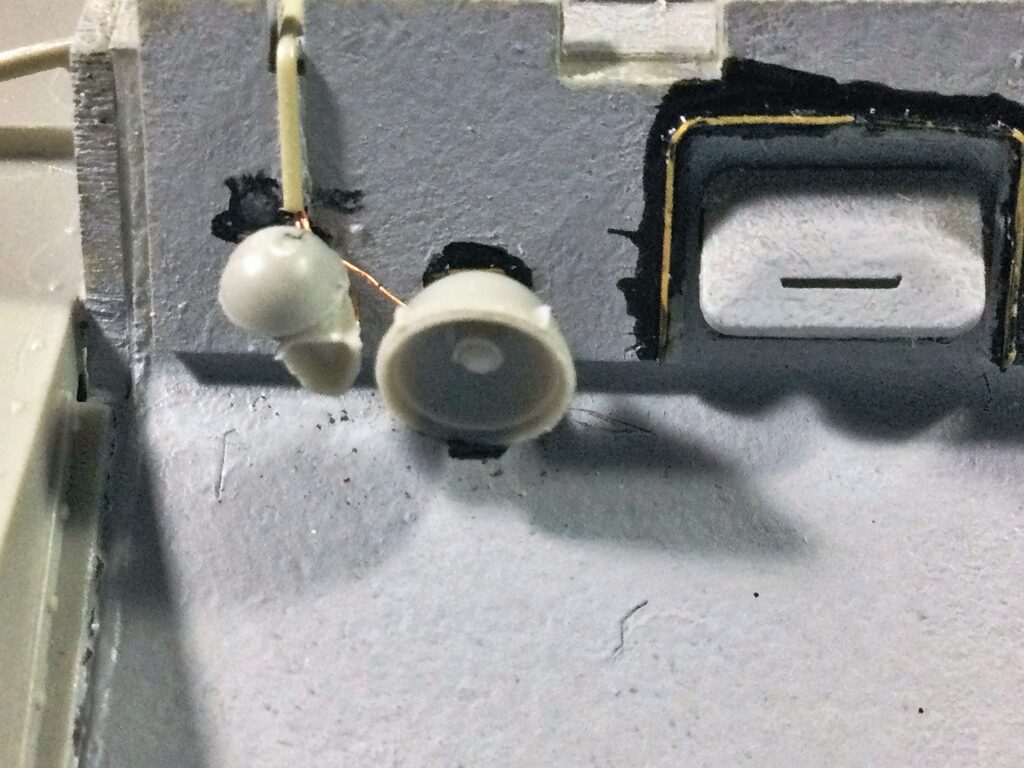
Hot rolled armour steel texture is created using Mr.Surfacer 500.
Using Black Cyanoacrylate
Cyanoacrylate is either clear or black, some brands contain a rubberized formulation (synthetic polyisoprene) to increase anti-shear strength. For modelling purposes, cyanoacrylate containing a reinforcing rubber compound is the most desired to help prevent small parts from being inadvertently knocked off during handling. Cyanoacrylate is typically hard and brittle, however, rubberized formulations offer some flex to absorb shock from lateral impacts preventing part separation.
Black cyanoacrylate is splendid because you see where it is placed and how much is applied.
Cyanoacrylate does not dry or cure like other adhesives, but rather polymerizes, reacting with moisture or atmospheric humidity to form microscopic “chains” as the molecules attach, transforming from a liquid to a hard substance. Modelling Accelerants, Activators, or Kickers are used to cause the molecular chain structure to instantly harden, securing the part(s) in place.
Two exceptional black cyanoacrylate products are VMS Flexy 5K and AK Interactive Black Widow. Both products contain a Polymerization retardant to slow down the cyanoacrylate reactive hardening, permitting longer work times. VMS Flexy 5K contains a preservative to help extend shelf life.
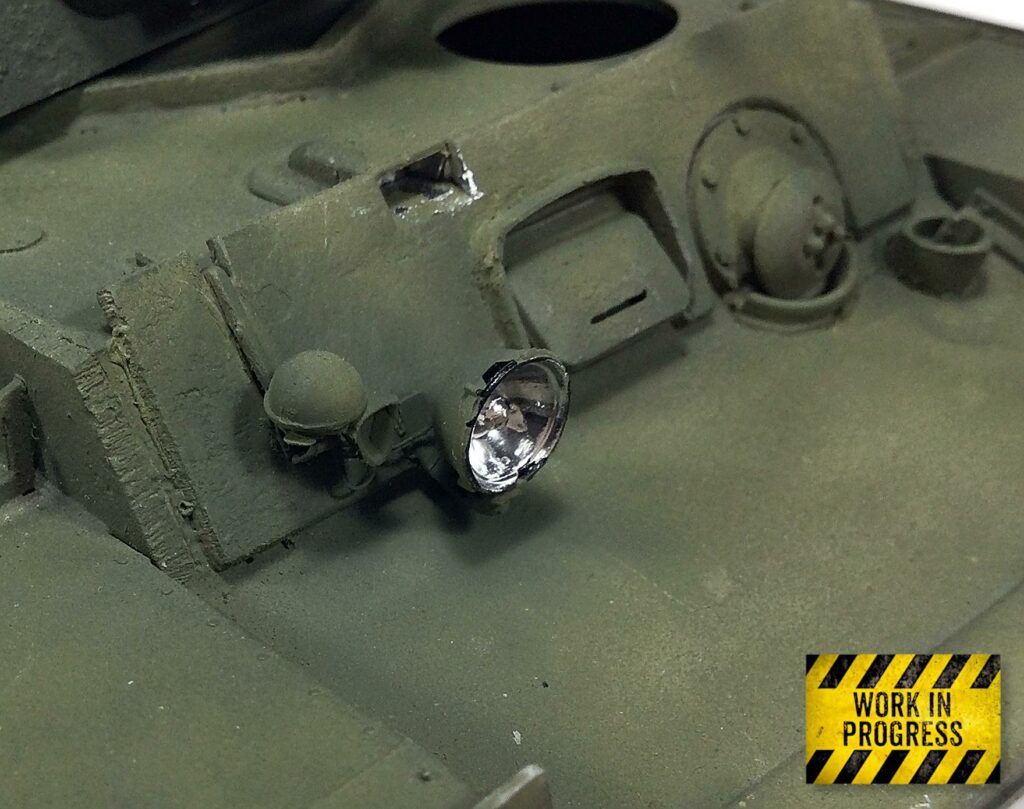
Understanding Cyanoacrylate Best Practices
🗜️ Vigorously shake VMS Flexy 5K and AK Interactive Black Widow (or similar product) for proper dispersion of synthetic polyisoprene (rubber), and anti-shear properties. Wipe dispensing tip clean with a cotton terry cloth—not a paper towel—before capping. Excess CA accumulation on the bottle dispenser tip can be removed using Tamiya Airbrush Cleaner or Tamiya Extra Thin Cement (dark green cap), both solvents dissolve cyanoacrylate.
🧰 Atmospheric humidity and temperature directly affect the rate of cyanoacrylate setup and hardening. Dispense a small amount of cyanoacrylate sufficient for the task at hand on a disposable surface, and tightly cap the bottle immediately. Exposure to water molecules in the atmosphere causes CA to rapidly harden. Leaving a CA bottle uncapped for any length of time while working will prematurely brick the contents.
⚠️ Use only hobby cyanoacrylate Accelerants, Activators, or Kickers to prevent the carrier from dissolving model kit plastic (HIPS) on contact. Automotive and Industrial CA Kickers may instantly dissolve polystyrene (HIPS) ruining the project.
💡 Cyanoacrylate by its nature has a finite shelf life from the time of manufacture. There is interesting science going on at the atomic level swapping positive and negative atoms, an unstoppable process. In terms of managing expectations, CA will not keep for prolonged periods, regardless of how stored. Expect it to go gummy or harden without notice. Some brands like Flexy 5K contain a preservative to prolong CA’s working service life. Always test before use and be prepared to purchase a fresh bottle regularly.
🧊 Keep in mind, CA stored in a refrigerator needs to warm to room temperature before use. Refrigerated or cool CA bottles may form condensation inside the bottle in hot humid conditions when uncapped, rapidly accelerating the hardening process regardless of storage method.
Note: From personal experience, I’ve found AK Interactive Black Widow and VMS Flexy 5K to have an exceptionally long service life compared to other brands. Keep the bottle tightly capped after dispensing a drop or two, store it in a cool, dry place and keep it out of sunlight. Your mileage may vary.
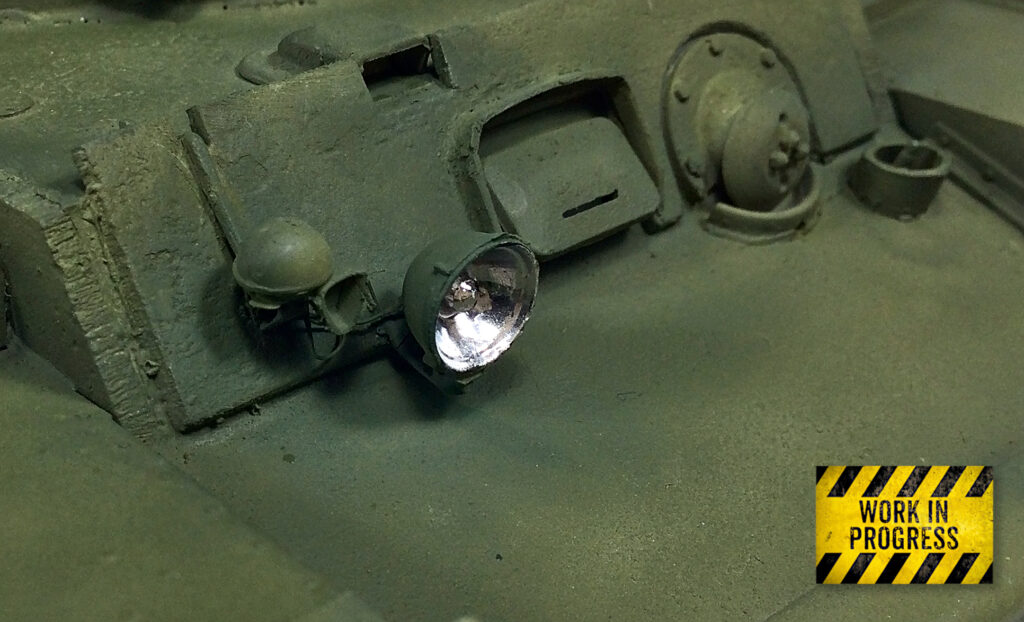
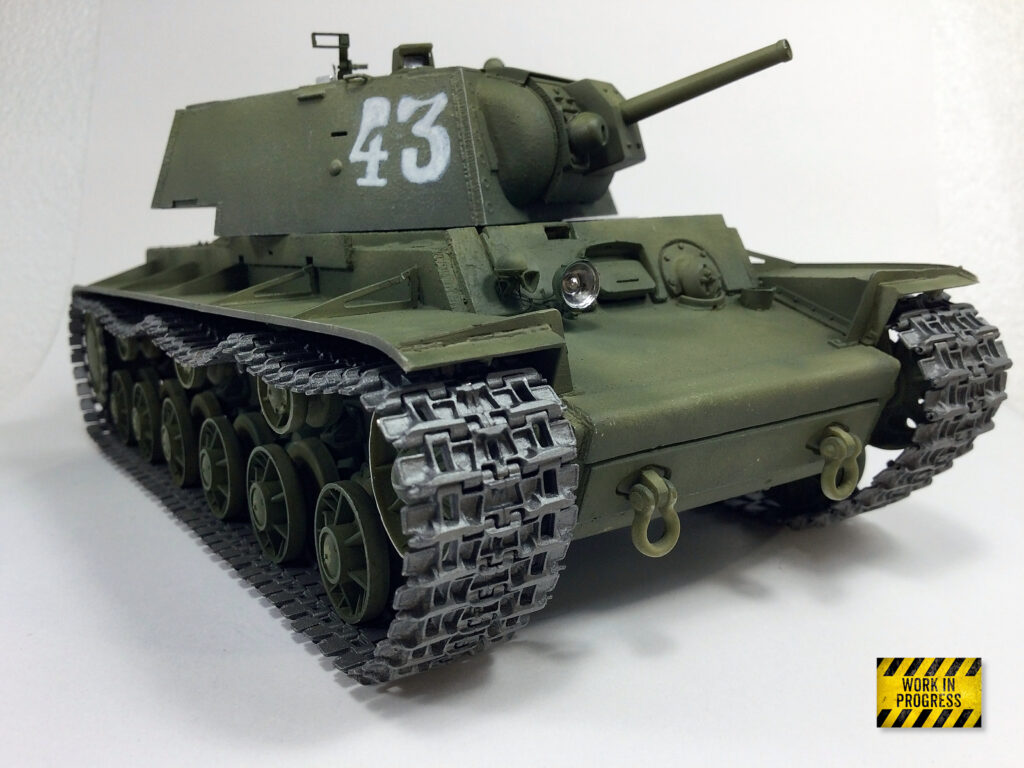
The KV Tank metal track’s base colour is Tamiya Lacquer Paint LP Metallic Grey LP61 over Tamiya Metal Primer.
Mr.CEMENT SP, a more aggressive, instant acting, hot cement, was used to solvent weld hull sections that were more difficult to assemble.
In Part 2 of Advanced Plastic Cement and Cyanoacrylate Use, we take a deeper dive into working with plastic modelling materials.
James Wooldridge is An enthusiastic scale modeller, researcher, amateur historian, and contributor to scale modelling sites, including Scalemates. He is an active and progressive Facebook Group Expert, Presenter, and Scale Modelling Club Video Host.
